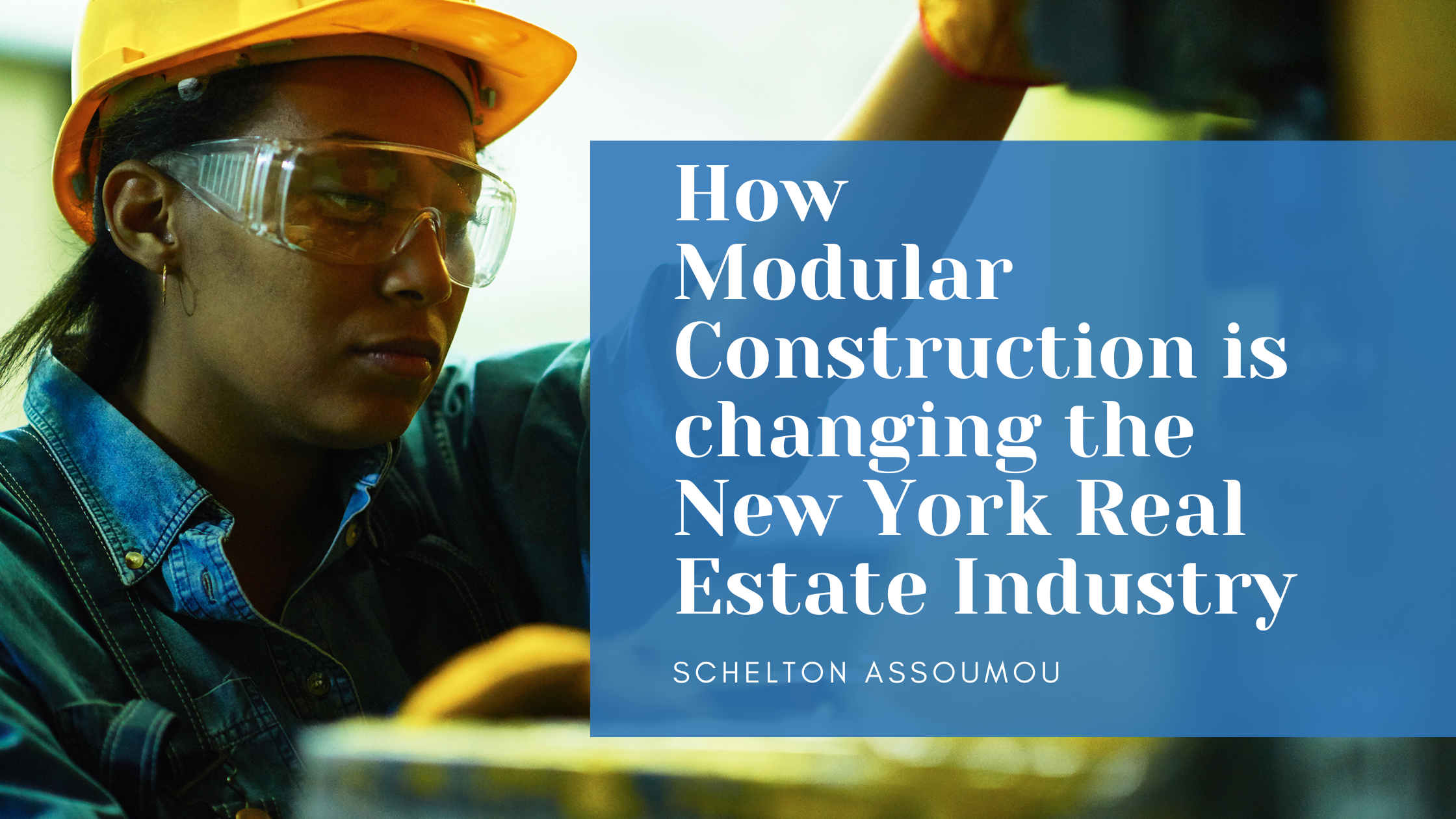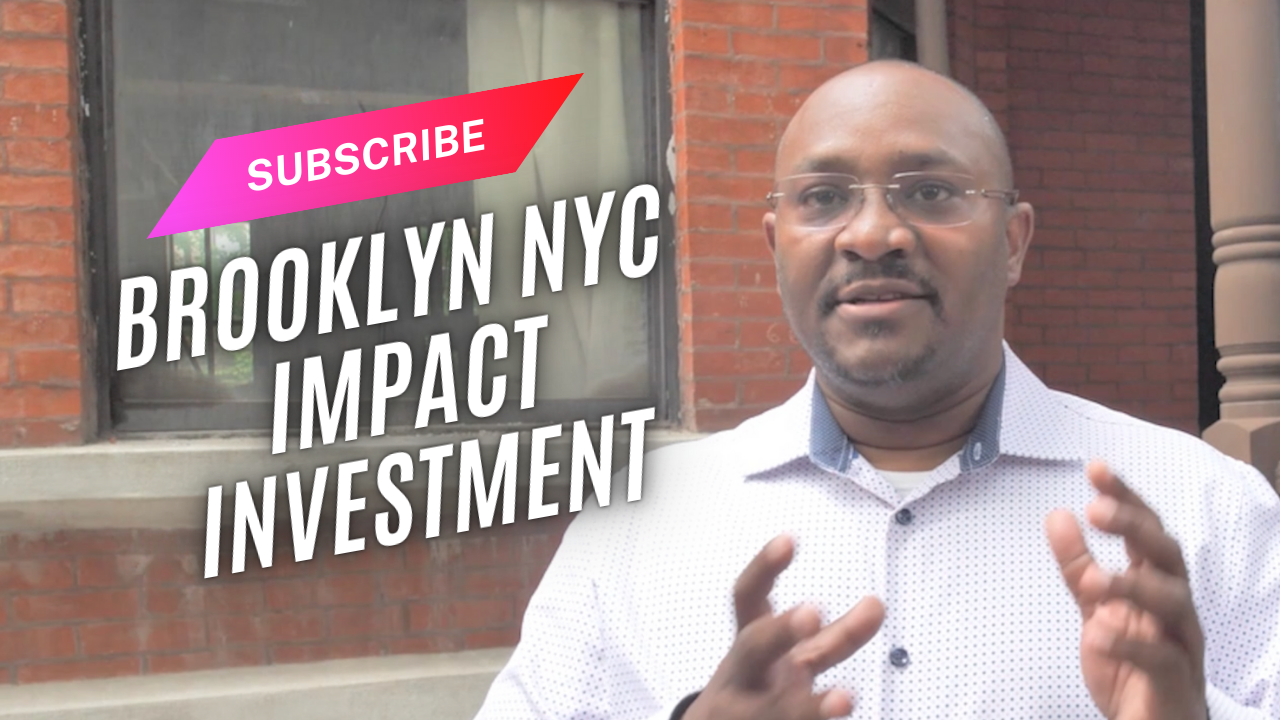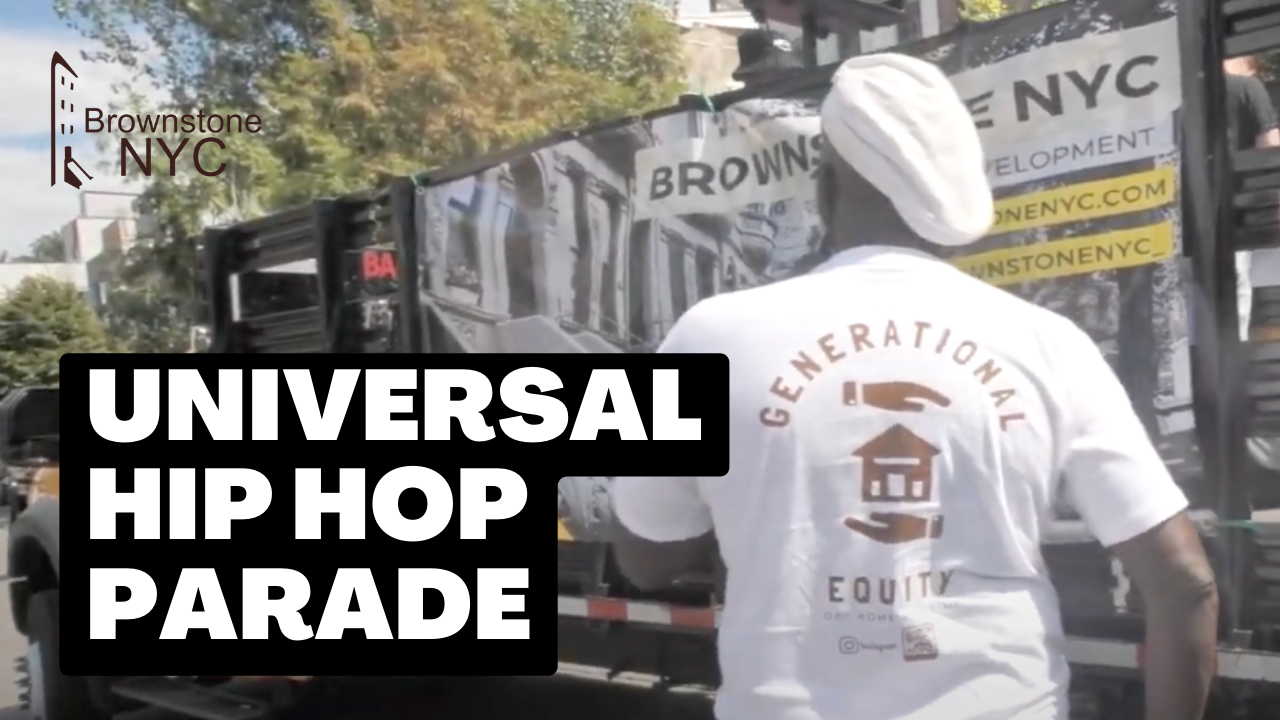How Impact Investing Has Changed Since 2018
Impact Investing is an investment in a project with a desired outcome that will positively impact the wellbeing of social, environmental or governance of a company or society. Historically, these projects have been mostly financed by government or non-profit programs because of the longer time horizons, often necessary to achieve positive results.
For instance, the Workforce Development Initiative sponsored by the New York Government has invested $175 million throughout New York State to “support strategic regional efforts that meet businesses’ short-term workforce needs, address long-term industry needs, improve regional talent pipelines, enhance flexibility and adaptability of local workforce entities, and expand workplace learning opportunities. These types of projects can improve society as a whole, but often face challenges across various domains.
However, the increased popularity of identity politics has caused corporations to adopt social impact policies to help define their stance on popular topics and to avoid the negative impacts of “Cancel Culture”. Beyond helping to shape corporate messaging, a Social Impact can help to attract talent to an organization. In fact, according to data from RippleMatch, Gen Z candidates place the same importance on a company’s social impact initiative as they do on compensation.
Brownstone NYC has always internally operated as a Social Impact real estate developer, but never formally adopted it as an official external facing policy for PR or talent recruitment. That’s because we’ve always recognized the value in helping our community first. Our relationships in the communities which we invest in has provided a competitive advantage. Decades of trust with community leaders and our Joint Venture partners who have profited from their investments in Brownstone NYC can’t be replaced by a better investment thesis.
The increasing external recognition of the value of Social Impact Investing has caused us to formalize our process to expand how many people we help. We began this process in earnest in 2018, but given how much has changed since then, we’d like to revisit the progress made to take account of how we got here and define where we’re going.
This exercise will help the reader familiarize themselves with Impact Investing to better understand the opportunities available in this space and value our approach to improve our communities.
The core of our ability to have an impact is based on the strength of our team. As an impact investor, we measure how the people involved in our deals help achieve our goals. This includes our Leadership, Employees, Investors and Homeowners.
Since 2018, we have refined the roles of each party to more clearly communicate expectations and benefits from helping our mission. Our executive team is responsible for navigating current financing opportunities, regulations and attracting talent. Brownstone NYC employees provide first hand feedback to measure how effective our social impact is based on Key Performance Indicators (KPI). Investors’ help make a more powerful impact by choosing to fund projects in their communities opposed to alternative options run by global corporations without local relationships. Homeowners’ impact comes from the use of local financing and services along with providing testimonials to homeowners with similar circumstances that make them attractive joint venture limited partners.
Clearly defined roles and responsibilities help ensure each party understands how they each play a symbiotic role to provide affordable homes and equity inclusion among historically underrepresented individuals.
Prior to 2018, a social impact fund may have sacrificed the ability to do well financially as an expense of the fund’s initiative. Brownstone NYC has proudly paid investment returns beyond many competitors due to the scale of our operations as a vertically integrated company. As a vertically integrated real estate development company, we operate a collection of separate companies which service the client throughout the relationship (acquisition, renovation, development and management) with Brownstone NYC. Our ability to preserve and aggregate margins across businesses results in more money available to investors and more favorable pricing to homeowners.
These margins are the opportunity and responsibility of each division of Brownstone NYC including Investor Relations, Development and Management. Measuring and enhancing the financial benefits is easier when everyone involved understands how they contribute and personally benefit.
For instance, many of our Joint Venture partners in Brooklyn come to us hopeful to capitalize on appreciated home prices, but unsure about how to do so. They see their neighbors selling for millions of dollars after renovations, but lack the funding necessary to develop the property to get it to the point where it could sell at top market rates.
This leaves many homeowners who have been in neighborhoods, like Flatbush and Bedstuy, selling their frame homes for whatever value they can attract. If homeowners go this route they find themselves unable to afford a new residence in the same neighborhood because of higher prices. The loss of said homeowner, who often has been in the neighborhood for decades and multiple generations, dilutes the value of the community and the culture they created.
Brownstone NYC helps inform the homeowners about their options and find solutions based on their goals. This may include funding the development, brokering the sale of their property or resolving existing issues with tenants. We analyze the property’s financials to determine the cost and potential return to present the offer to the homeowner. This transparency helps the homeowner value Brownstone NYC’s contribution and set a benchmark for potential margins if a joint venture agreement is established.
Each analysis requires about 100 hours of manpower to adequately define the project requirements and provide diligence necessary to form a contract with investors. This analysis was previously reserved to only be completed once a contract was established. However, after providing over 300 property analyses since 2018, we realize the importance of this information to the homeowners in our communities. That’s because many of these homes are the largest assets to these families and represent their only opportunity for creating generational wealth.
By shifting this expense to a marketing cost, we have helped to educate homeowners about their options whilst lowering our cost per lead. That’s because many homeowners will come to us from existing customers who explain how we have provided solutions where traditional developers couldn’t. We help the homeowner make better financial decisions and gather market data to strengthen our analysis. This type of social impact creates goodwill for our balance sheet and ensures that generational equity is leveraged to sustain families in our communities.
The result is families like the Amboys, who inherited a home from their parents, but don’t want to leave it to their kids because they can’t manage it due to their careers and growing families. With Brownstone NYC they were shown options that can turn $600k – $700k profit into a potential profit of $3,000,000 in 3 – 5 years. Brownstone NYC earned the chance to form a Joint Venture with the Amboys because “Abraham has known you for 35 years and says that you’re the guy”. This type of reputation is hard to earn and sustain, but powerful to help reach a deal that all parties involved can be proud of.
Brownstone NYC has learned a lot since 2018 and we’re happy to be a part of a larger focus on corporate responsibility and social impact investing. Helping homeowners stay in their homes and profit is a powerful cause that won’t go away in the near future. This mission is durable throughout changing real estate cycles and housing trends. So long as we can help create generational equity among underrepresented investors, we’ll continue our mission to create Social Impact through investment.
- realtytimes.com
PRESS RELEASE
● Letterhead or Logo –
● Media Contact Information – who to call/email with questions about the story
● Headline – grabs the journalists’ attention and briefly summarizes event
● Dek – a subheadline w/ additional information
● Dateline – release date and event location
● Introduction – paragraph w/ who, what, when, where and why
● Body – background relevant to event
● Boilerplate – “about” section on the issuing organization or group
● Close – #### symbol indicates the end of the press release
● Include a photo of your organization or the event




